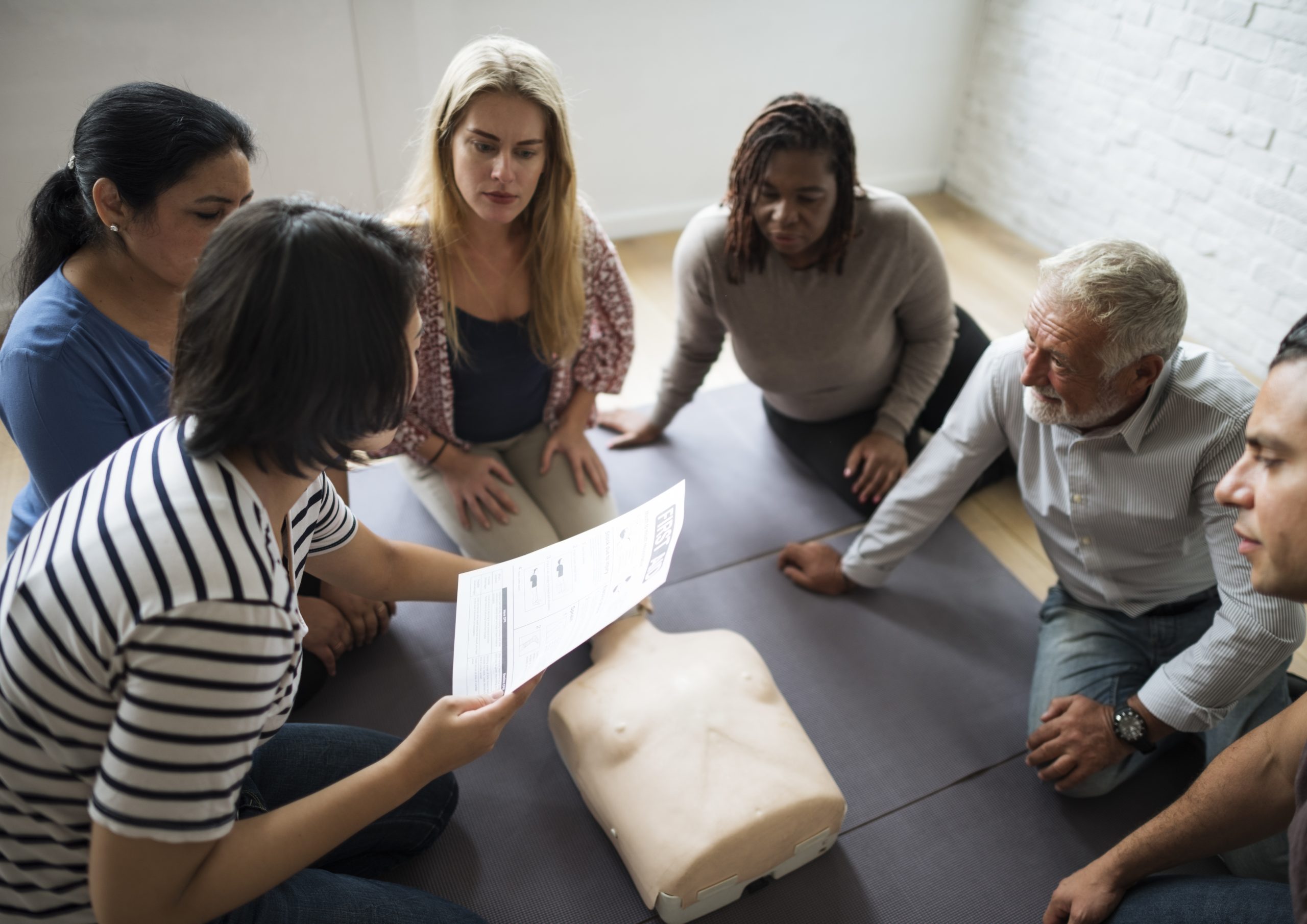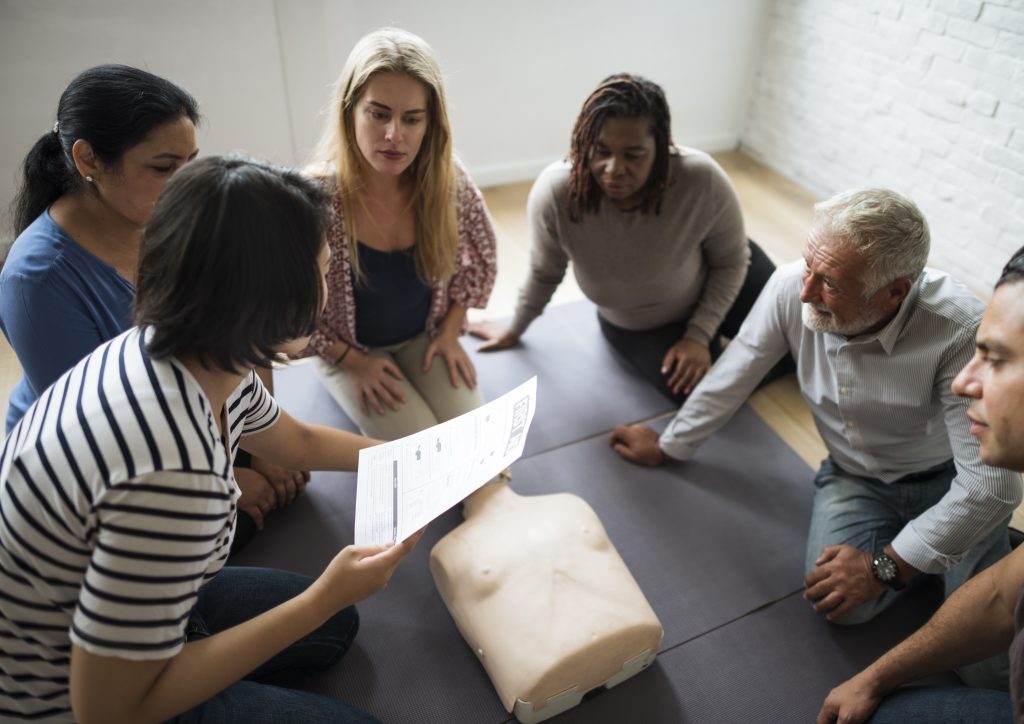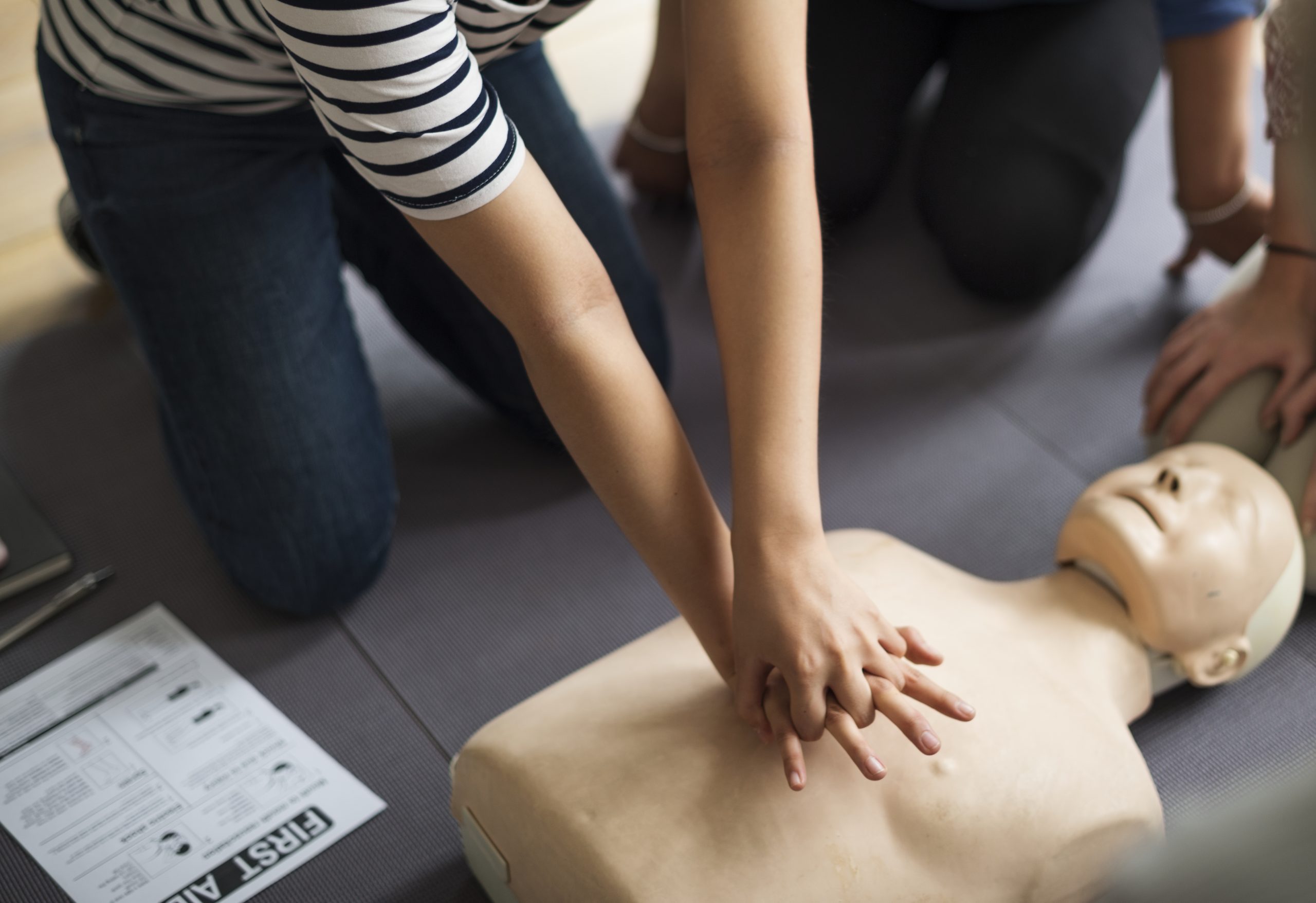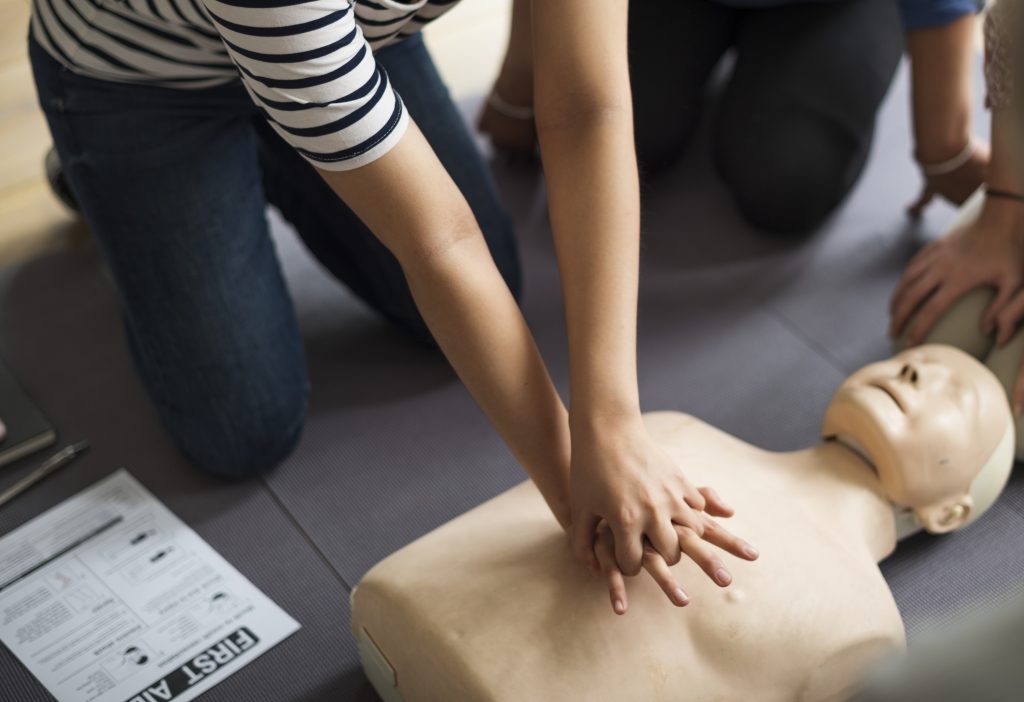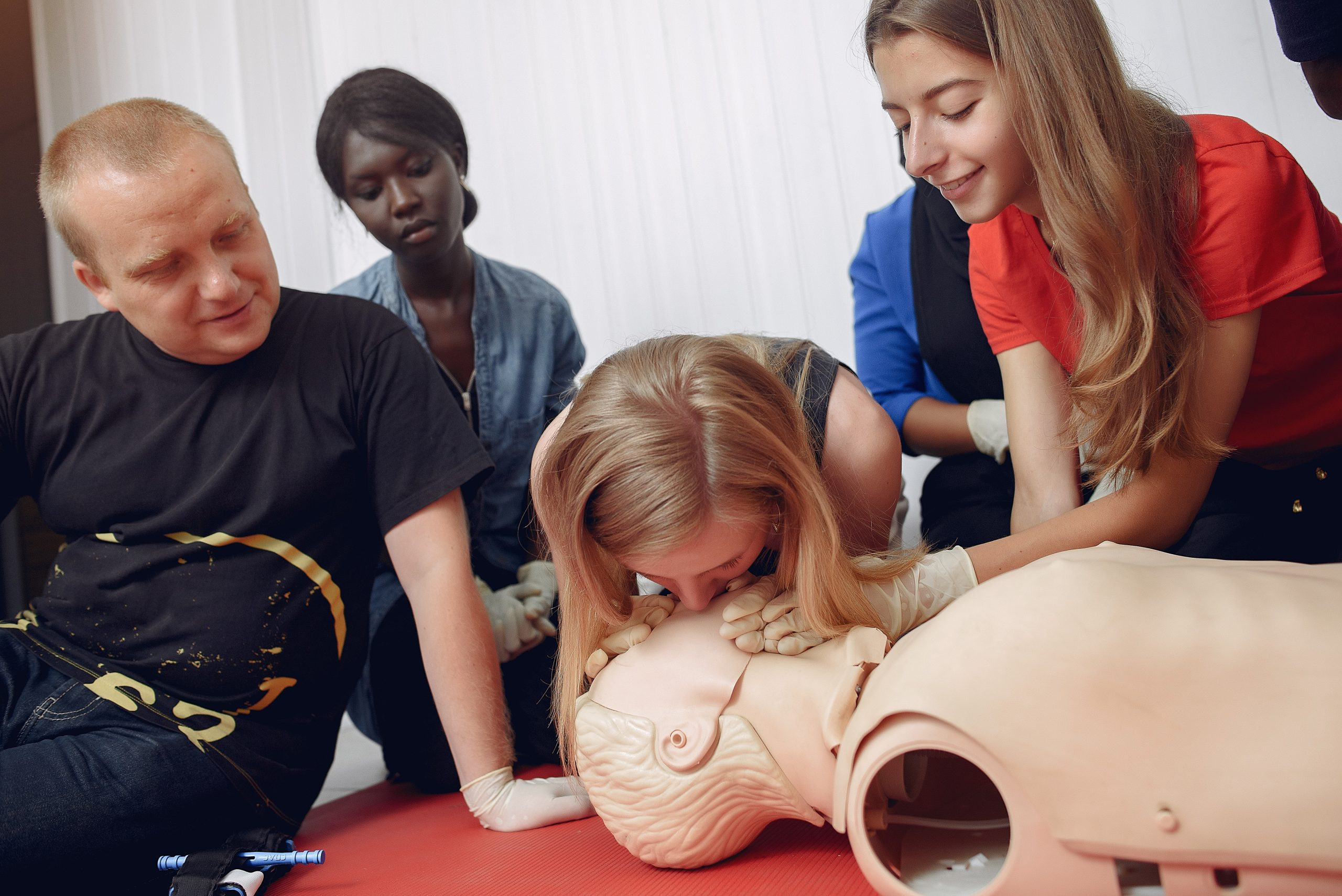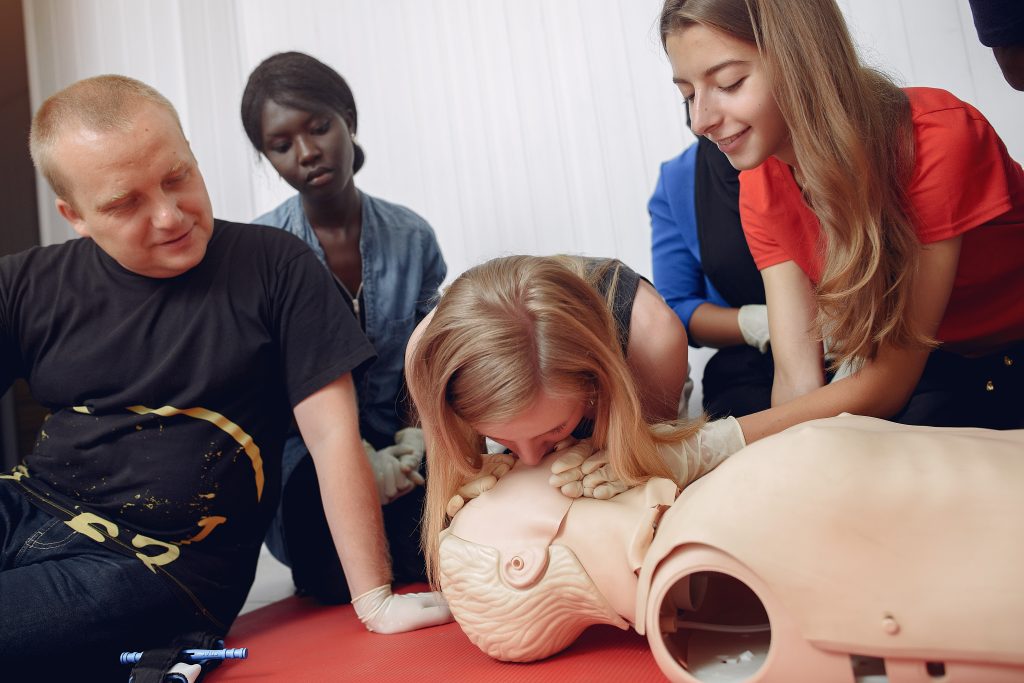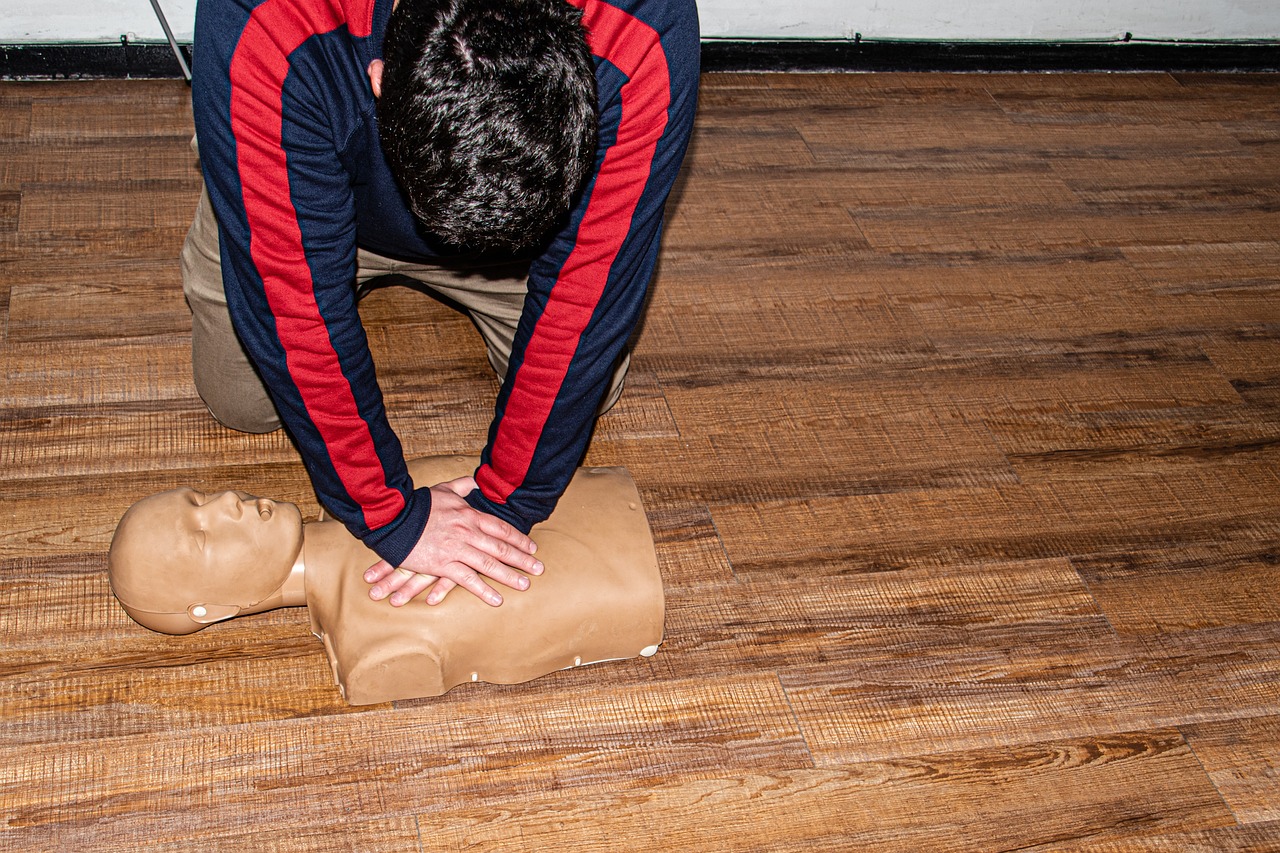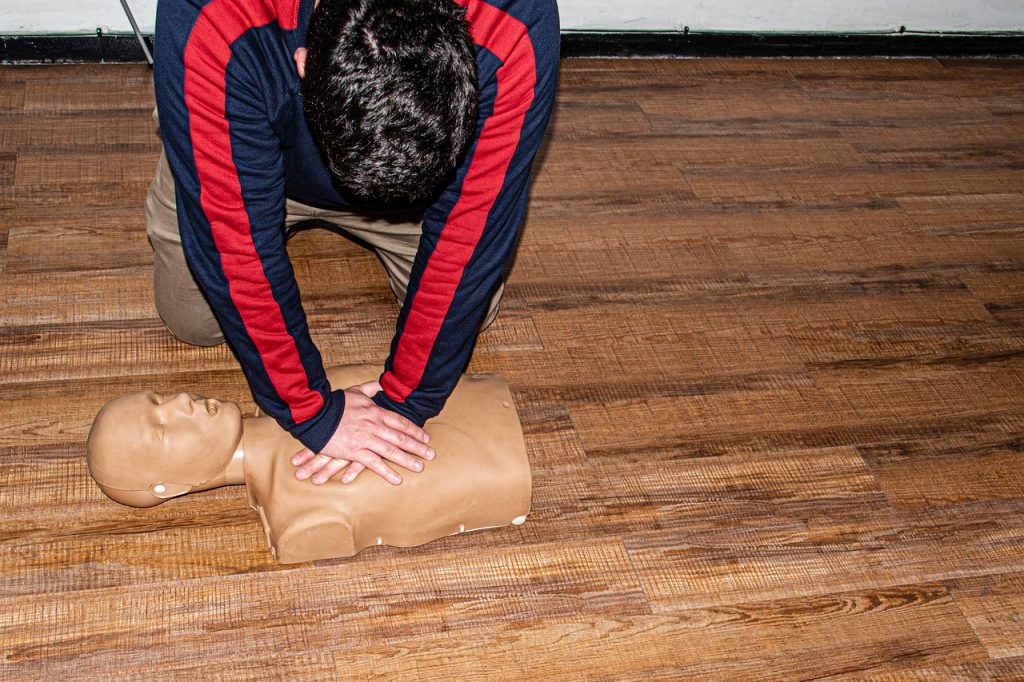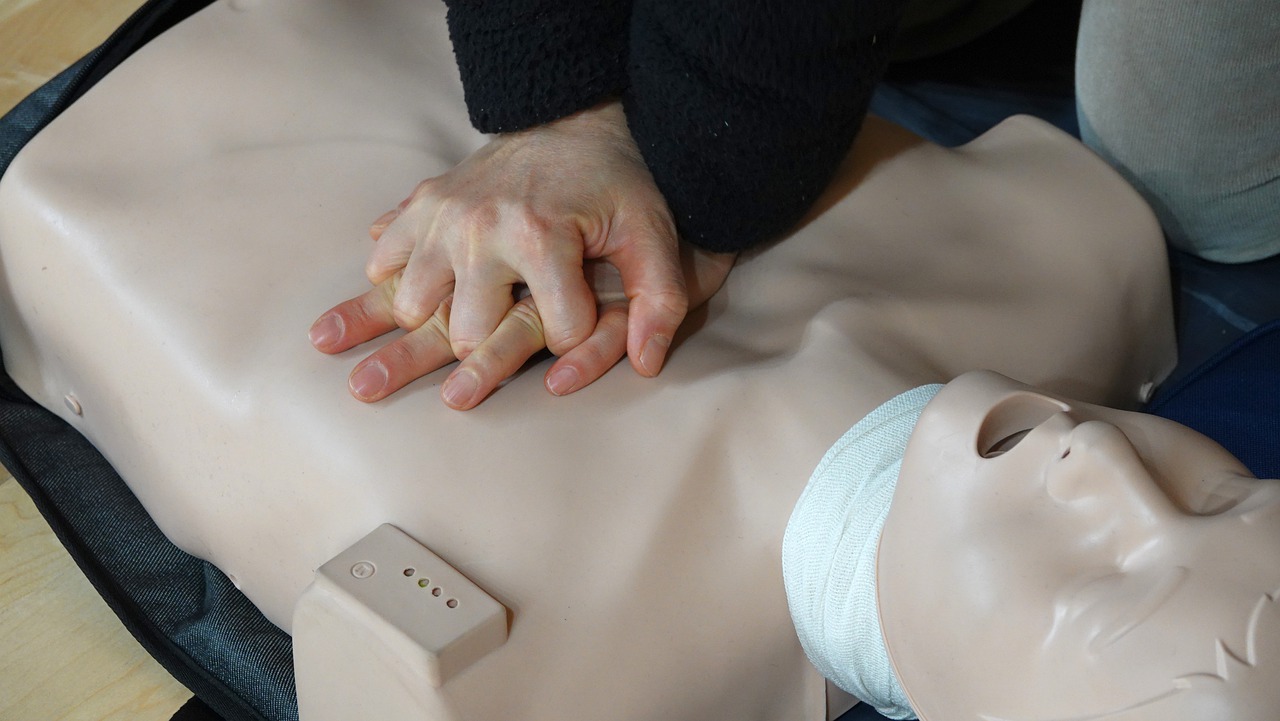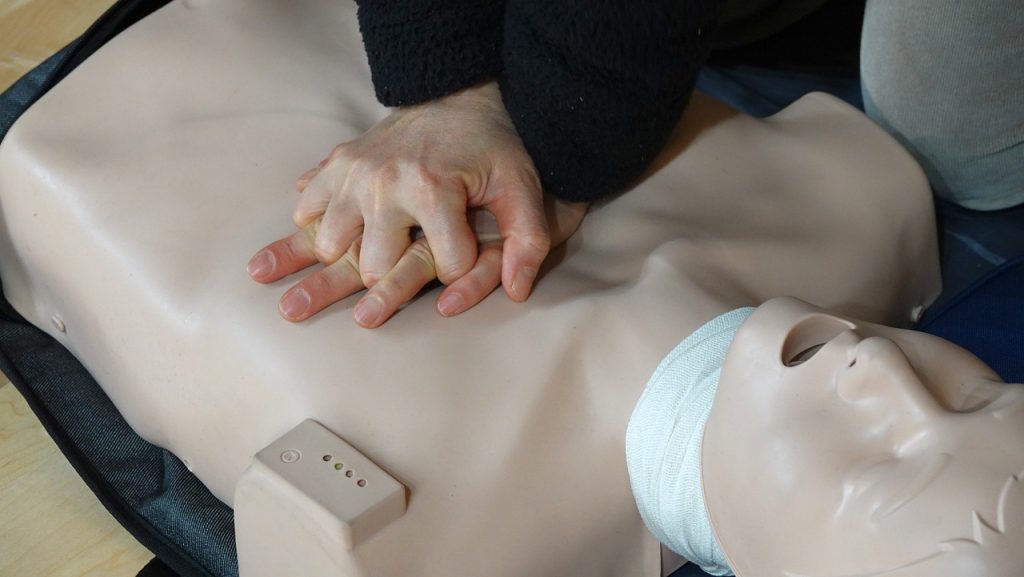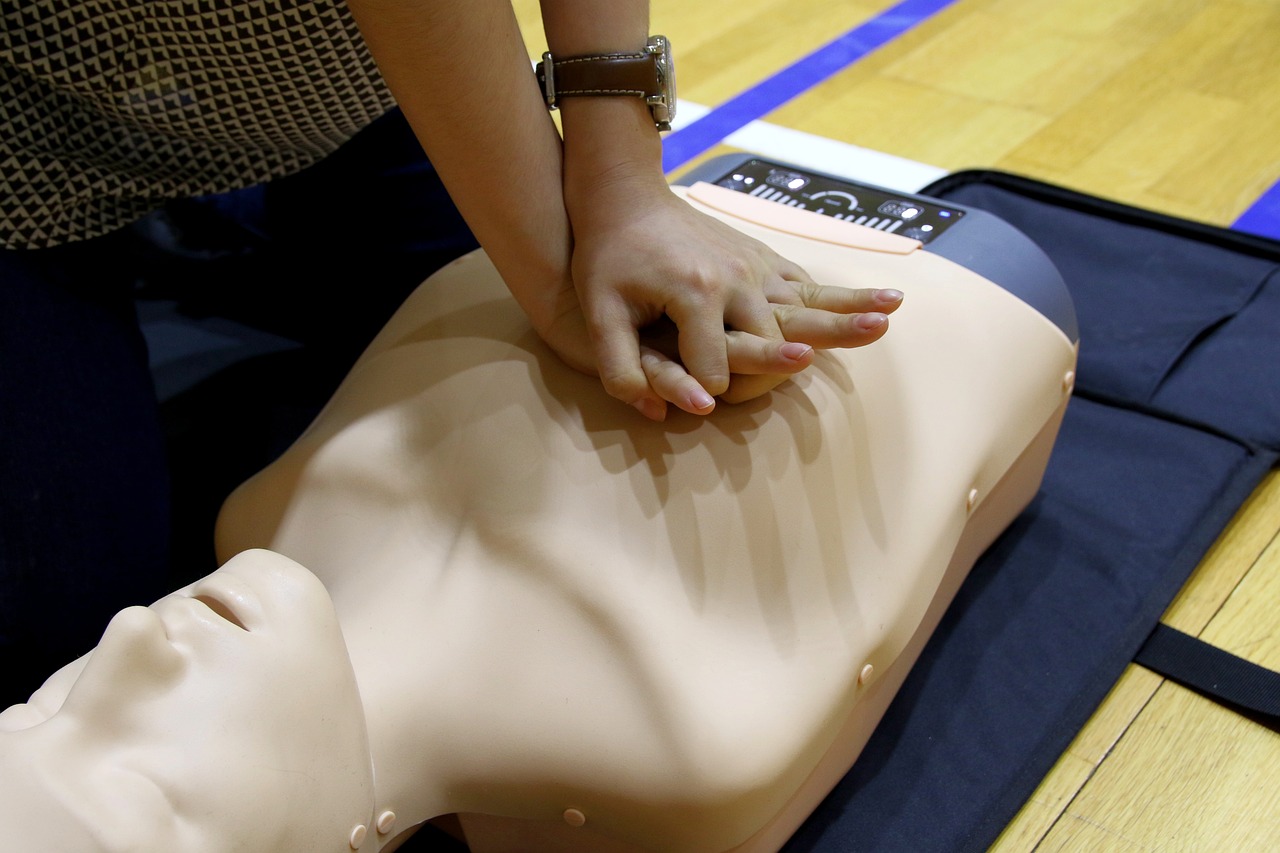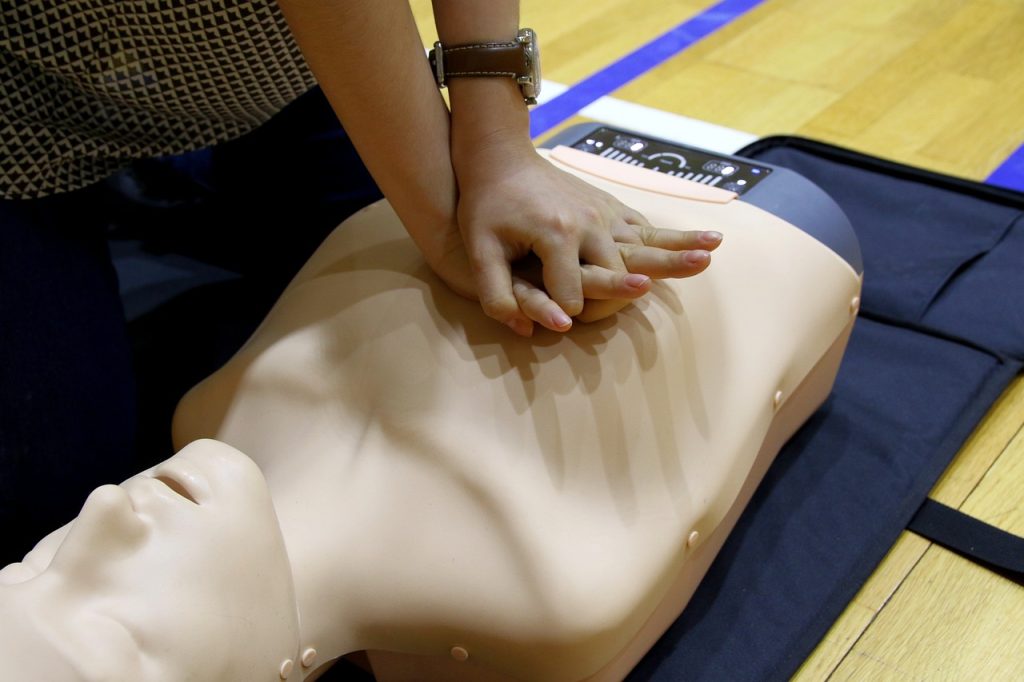Your Guide to CPR Training in Austin, Texas

Your Guide to CPR Training in Austin, Texas

Knowing CPR (Cardiopulmonary Resuscitation) can mean the difference between life and death. In an emergency situation where someone’s heart stops or breathing ceases, CPR can buy precious time until medical professionals arrive. If you live in Austin, Texas, and want to be prepared to help in a critical moment, this guide will equip you with the knowledge to find the right CPR training course for you.
Why Get CPR Trained in Austin?
Cardiac arrest is a leading cause of death in the United States, claiming hundreds of thousands of lives each year. According to the American Heart Association, bystander CPR can double or even triple a person’s chance of survival during a cardiac arrest.
Austin, a vibrant and growing city, sees its fair share of emergencies. Equipping yourself with CPR skills allows you to potentially save the life of a loved one, a colleague, or even a stranger you encounter on the street.
CPR training is not just for medical professionals. It’s a valuable skill for anyone who wants to be prepared to respond effectively in an emergency. Here are some specific reasons why getting CPR trained in Austin is a wise decision:
High Bystander Intervention Rates Can Save Lives:
Studies have shown that areas with higher bystander CPR intervention rates experience significantly better survival outcomes for cardiac arrest victims. A 2020 study published in the Journal of the American Heart Association found that bystander CPR was performed in only 40.5% of witnessed cardiac arrests, highlighting the crucial role bystanders play in improving survival rates. Learning CPR empowers you to be part of the solution and actively contribute to a safer community. Imagine the difference you could make by stepping in and providing crucial care until professional help arrives.
Family and Friends:
Many cardiac arrest events happen at home or with loved ones present. According to the American Red Cross, 9 out of 10 out-of-hospital cardiac arrests happen in private residences. Being CPR-trained could mean the difference between life and death for someone close to you. Knowing you can take action in an emergency can provide immense peace of mind and potentially save the life of a family member, friend, or neighbor.
Workplace Safety:
Accidents can occur anywhere, including the workplace. The National Safety Council reports that unintentional injuries are the fourth leading cause of death in the United States, claiming thousands of lives each year. CPR-trained employees can provide crucial initial care until emergency help arrives. This can be especially important in situations where medical professionals are not readily available, such as construction sites, manufacturing facilities, or remote offices.
Peace of Mind:
Knowing CPR gives you confidence and the ability to act calmly and effectively in a crisis situation. This peace of mind can be invaluable in the face of an emergency. Studies have shown that bystanders who are CPR-trained are more likely to intervene in an emergency situation. This is because they have the knowledge and confidence to take action, even under pressure.
Choosing the Right CPR Training Course
There are various CPR training courses available in Austin, Texas, catering to diverse needs and learning styles. Here’s a comprehensive guide to choosing the right one for you:
Course Type:
- Basic Life Support (BLS): This is the most common and foundational course, covering CPR and AED use for adults, children, and infants. It equips you with the essential skills to respond effectively in various emergency situations.
- Advanced Cardiac Life Support (ACLS): This advanced course is designed for healthcare professionals like doctors, nurses, and paramedics. It delves deeper into cardiac emergencies, focusing on advanced airway management, medication administration, and other interventions beyond basic CPR.
- Pediatric Advanced Life Support (PALS): Similar to ACLS, PALS is geared towards healthcare professionals specifically trained in managing pediatric cardiac emergencies. It covers age-specific techniques and considerations when dealing with children in critical situations.
Certification:
Ensure the course you choose leads to certification from a reputable organization like the American Heart Association (AHA) or the American Red Cross. These certifications are:
- Widely recognized: Accepted by most employers, healthcare institutions, and organizations requiring CPR proficiency.
- Valid for two years: Maintaining active CPR certification through recertification courses ensures your skills remain current and relevant.
Training Format:
- In-person: This traditional format offers the benefit of hands-on practice with instructor feedback and guidance in a simulated environment. It allows for real-time interaction and clarification of any doubts.
- Online: This convenient option provides flexibility, allowing you to learn at your own pace and schedule. However, practical application and skill development might require separate in-person sessions.
- Blended: This hybrid approach combines online modules with in-person skills practice sessions. It offers the flexibility of online learning with the crucial element of hands-on training overseen by an instructor.
Instructor Qualifications:
Look for courses led by certified instructors who possess the following:
- Current CPR and AED certifications: Ensures the instructor has the most up-to-date knowledge and skills to effectively train you.
- Experience in CPR and emergency response: Instructors with real-world experience can provide valuable insights and practical scenarios to enhance your learning experience.
Class Size:
- Smaller class sizes: Allow for more personalized attention from the instructor, facilitating individual feedback and addressing specific questions effectively.
- Larger class sizes: May offer a cost-effective option but may limit individual interaction and practice opportunities.
Cost:
CPR training costs can vary depending on several factors, including:
- Course type: Advanced courses like ACLS and PALS typically carry higher fees than basic BLS courses.
- Training format: In-person and blended courses often involve higher costs compared to online-only options due to facility and instructor costs.
- Certification organization: Fees may vary slightly between different certifying bodies like the AHA and Red Cross.
Find The Best CPR Training in Austin with CPR Classes Near Me
Looking to gain the essential skills to save lives? Look no further than CPR Classes Near Me Austin. We offer top-notch CPR training that equips you with the knowledge and confidence to respond effectively in emergency situations.
Our courses are designed to be accessible and informative, catering to individuals of all backgrounds and experience levels. Whether you’re a healthcare professional, a parent, a teacher, or simply someone who wants to be prepared to help others, our CPR Classes Austin are tailored to meet your needs.
Led by experienced instructors, our classes combine hands-on practice with engaging instruction, ensuring that you understand the fundamentals of CPR and can perform it confidently when it counts. From basic techniques to advanced lifesaving skills, we cover everything you need to know to provide effective assistance in cardiac emergencies.
We prioritize your learning experience and strive to create a supportive environment where questions are encouraged, and skills are mastered. Our goal is not just to teach CPR but to empower you to make a difference in your community by being prepared to act swiftly and decisively in times of crisis.
Join us today and take the first step towards becoming a certified lifesaver. With CPR Classes Near Me in Austin, you’ll gain the skills and confidence needed to make a real difference when it matters most.
Beyond the Basics: Additional Skills to Consider
Once you’ve completed basic CPR training, consider expanding your lifesaving skillset by exploring these valuable additional courses:
First Aid:
This training equips you with the knowledge and practical skills to manage minor injuries and illnesses effectively until medical professionals arrive. The course typically covers:
Wound care: Cleaning, dressing, and bandaging various types of wounds, including cuts, scrapes, and burns.
Bleeding control: Applying direct pressure and utilizing pressure points to manage different types of bleeding.
Management of sudden illnesses: Recognizing signs and symptoms of common emergencies like fainting, seizures, and allergic reactions, and administering basic first aid measures.
Choking relief: Performing the Heimlich maneuver for adults and children to dislodge blockages in the airway.
Learning first aid empowers you to take decisive action in various non-life-threatening emergencies, preventing further harm and potentially alleviating discomfort for the injured or ill individual until professional help arrives.
Bloodborne Pathogens:
This training focuses on the importance of safe handling of blood and other bodily fluids to minimize the risk of exposure to infectious diseases like Hepatitis B and HIV. The course typically covers:
Universal precautions: Implementing standard guidelines to prevent transmission of bloodborne pathogens in any healthcare or first-aid setting.
Personal protective equipment (PPE): Correct use and disposal of gloves, masks, and other protective gear to minimize contact with bodily fluids.
Sharps safety: Handling and disposal of needles and other sharp instruments safely to avoid accidental injuries and potential exposure to pathogens.
Using an Automated External Defibrillator (AED):
Many public places in Austin, like airports, shopping malls, and gyms, are equipped with AEDs. These portable devices can deliver an electrical shock to restore a normal heart rhythm during certain types of cardiac arrest. Learning how to use an AED effectively can be crucial in saving a life:
Recognizing signs of cardiac arrest: Identifying the absence of breathing or normal pulse, which are key indicators of a cardiac arrest event.
Operating an AED: Following the clear voice or visual instructions provided by most AEDs to deliver the electrical shock safely and effectively.
Enroll in a CPR Training Course Today
In conclusion, CPR training in Austin, Texas is a crucial skill that can save lives in emergency situations. By enrolling in a certified course, you can gain the knowledge and confidence needed to respond effectively in times of crisis. Remember, being prepared is key to being able to help others when they need it most. Take the initiative to learn CPR today and make a difference in your community.
AHA BLS CPR & AED Classes
About Author:
admin
Recent Posts
- How to Create a Workplace First Aid Plan That Saves Lives
- Why Pair CPR Certification with First Aid Training: The Complete Safety Combo
- Tips to Pass Your CPR Certification Test the First Time
- Hospitality Staff: Why CPR Training Is a Must-Have
- The Importance of CPR and AED Training for Flight Attendants

